Contents:
If you’re a parent trying to make sense of the new GCSE grading system, you’re definitely not alone.
To help you out, we’ve created “GCSE grades explained”—a comprehensive guide covering everything you need to know. We’ll walk you through the shift from the old A*-G scale to the current 9-1 system, clarify what the new grades mean, explain how grade boundaries work, and discuss how your child’s results could shape their next steps in education and beyond.
What is the GCSE grading system?
GCSEs, or General Certificate of Secondary Education, are academic qualifications taken by students in England, Wales, and Northern Ireland, typically between the ages of 14 and 16 (Years 10 and 11). They serve as a key milestone in your child’s education and are used by sixth forms, colleges, universities, and employers to assess a young person’s knowledge and skills in specific subjects.
Since 2017, England has adopted a new numerical grading system for GCSEs, replacing the old A*-G letter grades. This new system uses a scale from 9 to 1, with 9 being the highest grade and 1 the lowest.

The new GCSE grades
The new 9-1 grading system is designed to:
- Reflect the increased challenge and depth of the reformed GCSE content.
- Better distinguish between different levels of achievement, especially at the top end.
GCSE grades 9-1 equivalent
To help understand how the new grades compare to the old ones, the following table offers a rough guide:
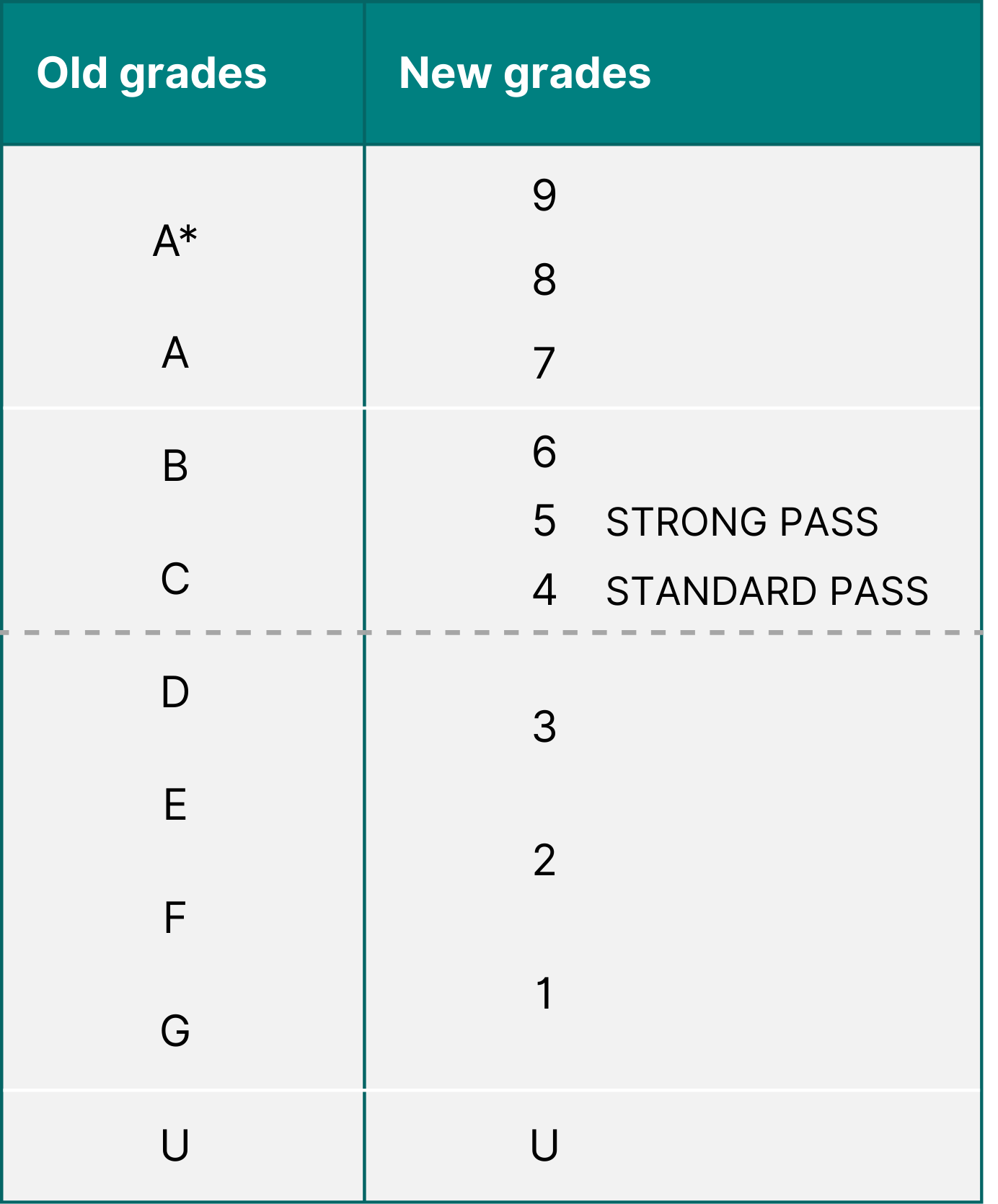
What do the new GCSE grades mean?
Each number on the new scale represents a level of attainment.
Here’s a quick overview:
Note: Wales, Northern Ireland, and Scotland each use a different grading system. Wales still uses the traditional A*–G grading scale. Northern Ireland has introduced a grade C* and now has a nine-point grading system, although some schools may also use English exam boards with the 9-1 numerical grading system. Scotland has its own grading system.
What are grade boundaries?
GCSE grade boundaries tell you the minimum number of marks your child needs to achieve in order to receive a particular grade. They vary depending on the exam board and can change slightly each year depending on the overall difficulty of the exam and how students across the country have performed.
How do grade boundaries work?
Grade boundaries are not fixed in advance. Instead, they are set after the exams have been marked, using a process that ensures fairness and consistency, especially when an exam paper is particularly hard or easy compared to previous years.
Grade boundaries are set by senior examiners who take into account national performance trends, compare the current exam papers with those from previous years, and closely review samples of student work that fall near the proposed thresholds.
Understanding grade boundaries can give parents and students a clearer picture of how close a student was to achieving the next grade up or how firmly they secured their current one. This insight is particularly important if you are considering an exam remark, as it can show whether your child was only a mark or two away from a higher grade—making a remark potentially worthwhile.

Tiered subjects
Some GCSE subjects are tiered, meaning students can be entered for either a higher or foundation (lower) tier exam paper. This system is designed to ensure that exams are appropriately challenging for students of different ability levels, giving all students the opportunity to achieve grades within a realistic range for them.
Which GCSE subjects have foundation and higher papers?
Tiered entry is currently used in the following GCSE subjects:
- Maths
- Individual sciences and combined science
- Modern foreign languages (e.g. French, German, Spanish)
What grades can be achieved in each tier?
The main difference between the higher and foundation tiers is the range of grades available:
- Foundation tier: Grades 1 to 5 (with 5 being the highest possible grade)
- Higher tier: Grades 4 to 9 (with 9 being the highest possible grade)
The foundation tier gives access to grades that are more achievable for students who may struggle with the higher-level content.
For higher papers, there is a safety net grade 3 (4-3 for combined science) for students who narrowly miss a grade 4 (or 4-4). If a student doesn’t score enough to achieve the safety grade, they will receive a U (unclassified), which means they will not receive a GCSE grade for that subject.
Who decides whether your child sits a Higher or Foundation level paper?
Your child’s school will decide which tier is most suitable based on their progress and likely results. The goal is to choose the tier that gives the student the best chance of success and keeps as many future pathways open as possible. You can contact your child’s school to discuss any concerns or questions you may have regarding their decision.

How are combined science grades calculated?
Combined science is a double award GCSE. Students study all three sciences—biology, chemistry, and physics—and receive two GCSE grades.
It’s often referred to as “double science” because of the double award (which can be confusing for parents who studied double science at school, meaning they studied two out of the three sciences).
Why the double award?
A combined science GCSE covers approximately two-thirds of the content of each individual science (so two GCSEs’ worth of content in total). Plus, the overall exam time is comparable to that of two individual GCSEs.
A student can only receive three GCSE science grades if they sit each of the individual sciences separately.
How does the combined science grading work?
Combined science students receive a double grade, such as 7-7, 6-5, or 5-5, which reflects their overall performance across all three sciences.
Running from 9-9 to 1-1, there are seventeen combined science grade combinations in total.
The grade combinations will either be the same (e.g., 5-5), or adjacent (e.g., 5-4). The adjacent grades are awarded so that students don’t drop down an entire double grade if they narrowly miss a grade boundary. For example, if a student missed a 5-5 by one or two marks, instead of being awarded a 4-4, they’ll receive a 5-4.
As noted in the previous section, the combined science GCSE comes in two tiers:
- Foundation tier: Grades available are 1-1 to 5-5
- Higher tier: Grades available are 4-4 to 9-9
Students must take all six exam papers (two for each subject) at the same tier.

Why are GCSEs important?
GCSEs play a crucial role in a student’s academic journey and can significantly influence their future education and career opportunities.
1. Entry to further education
Most post-16 education providers—such as sixth forms, colleges, and apprenticeship programmes—use GCSE results for their entry criteria. Subjects like maths and English are especially important. Many courses require a grade 4 (standard pass) or higher in these core subjects.
If a student does not achieve the required grade in maths or English, they will usually need to resit these GCSEs as part of their post-16 studies.
The entry requirements for certain A Level subjects are often higher. For example, to study A Level Biology, a college may require a grade 6.

2. University requirements
Universities often consider GCSE results alongside A Levels (or equivalent qualifications).
Competitive university courses often look for:
- Strong GCSE grades, especially in maths, English, and science
- A good number of grades 6 and above
- Evidence of consistency across subjects
Courses may also have subject-specific requirements—for example, medicine courses often ask for high GCSE grades in science and maths.
Entry requirements vary by institution, so it’s always important to check with each college or university to determine the specific set of grades your child needs to aim for.
3. Employment and apprenticeships
Employers and apprenticeship providers often require a minimum number of GCSE passes, particularly in English and maths. These results are seen as a basic indicator of a student’s literacy and numeracy skills.
In competitive fields, strong GCSE results can help your child stand out from other candidates, especially if they are entering the job market directly after school or after further training.

4. Building confidence and future planning
For students, GCSEs are often the first major academic challenge they face. Performing well can boost confidence, build valuable study skills, and open doors to a wider range of opportunities.
GCSE grade distributions by subject (2024)
To help put the 9–1 grading system into perspective, we’ve created graphs showing the percentage of students who received each grade in selected GCSE subjects in 2024.
These visual breakdowns can help you understand how grades were distributed across different subjects, giving you a clearer idea of national performance patterns.
Browse through the graphs below to explore grade distributions in Maths, English, Science, and Geography. For other subjects, you can find the data on Ofqual Analytics.
Understanding GCSE grades can feel confusing at first, but knowing how the new 9-1 system works will help you confidently support your child during this important stage of their education.
Remember, GCSEs are just one step on your child’s learning journey. Whether they achieve their target grades or not, there are always options and next steps available.
For more advice on how to support your child on GCSE results day—including what to do if their results aren’t as expected—check out our GCSE Results Day parent guide.
FAQs
What is a pass grade at GCSE?
A grade 4 is considered a standard pass, and a grade 5 is a strong pass. Most colleges, sixth forms, and employers look for at least a grade 4 in core subjects like English and maths.
Can my child retake GCSEs if they don’t get the grades they need?
Yes, your child can choose to resit their exams. Students who don’t achieve at least a grade 4 in English or maths and are continuing onto a 16-19 study programme are required to continue studying these subjects until they turn 18 (and resitting the exams when ready). Your child can retake other subjects, but it’s usually optional and depends on future plans.
Who decides whether my child sits higher or foundation tier papers?
This decision is made by the school or college based on your child’s ability, progress, and predicted performance. Teachers aim to choose the tier that gives the student the best chance of success. Contact your child’s school if you would like to discuss their decision.
When are GCSE grade boundaries released?
Grade boundaries are published by exam boards on Results Day. They show how many marks were needed for each grade in each paper, and can help you understand how close your child was to a higher grade.
Are GCSEs still important if my child plans to do A Levels?
Yes. GCSEs often determine which A Level subjects a student can take. Some sixth forms require specific GCSE grades (e.g. a grade 6 in maths to study A Level maths), and universities often consider GCSEs in their admissions process.
Is 7 a good GCSE Grade?
Yes, a GCSE grade 7 is roughly equivalent to an old A grade. It’s considered a very strong result and is well above the standard pass mark of grade 4.

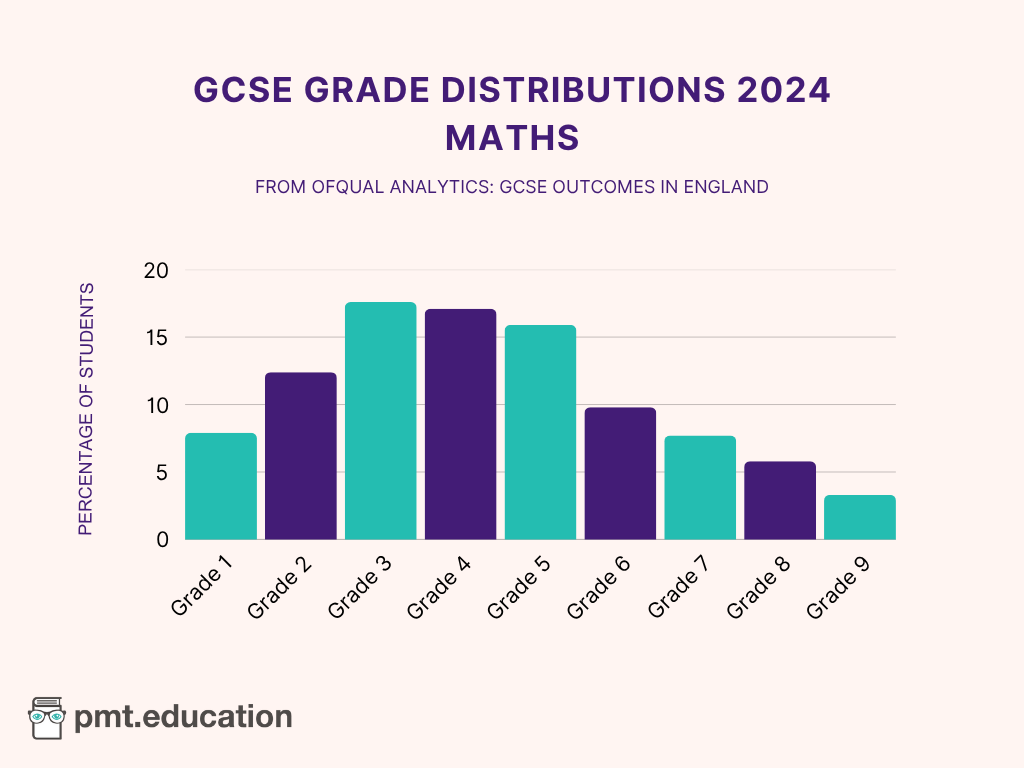
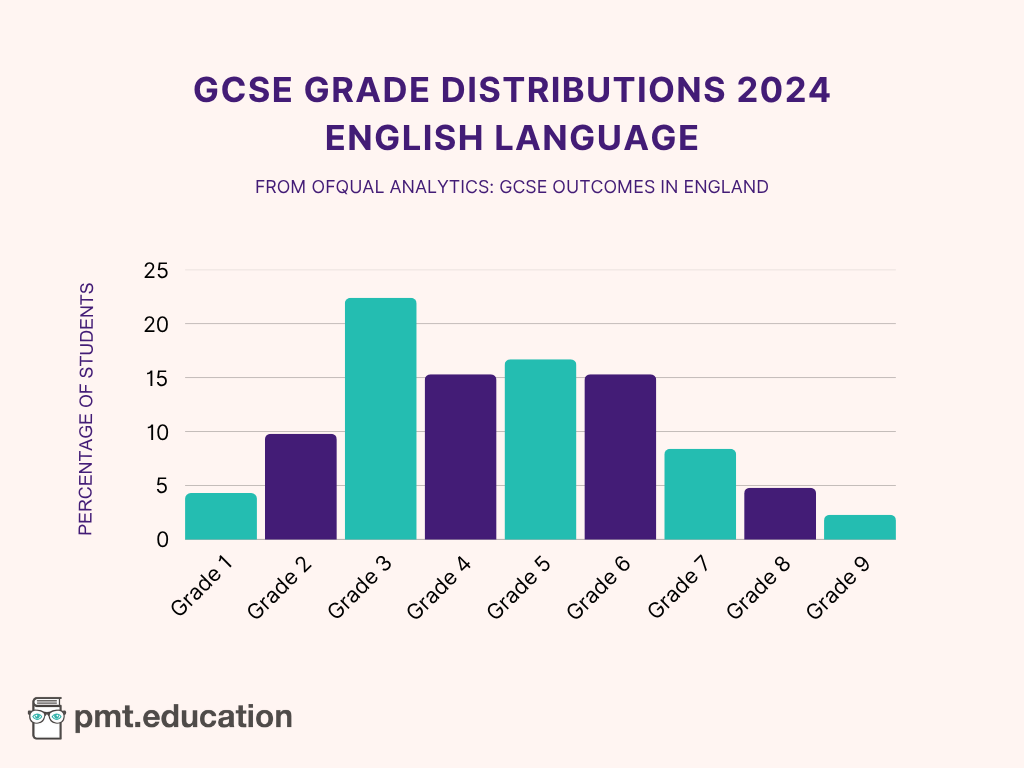
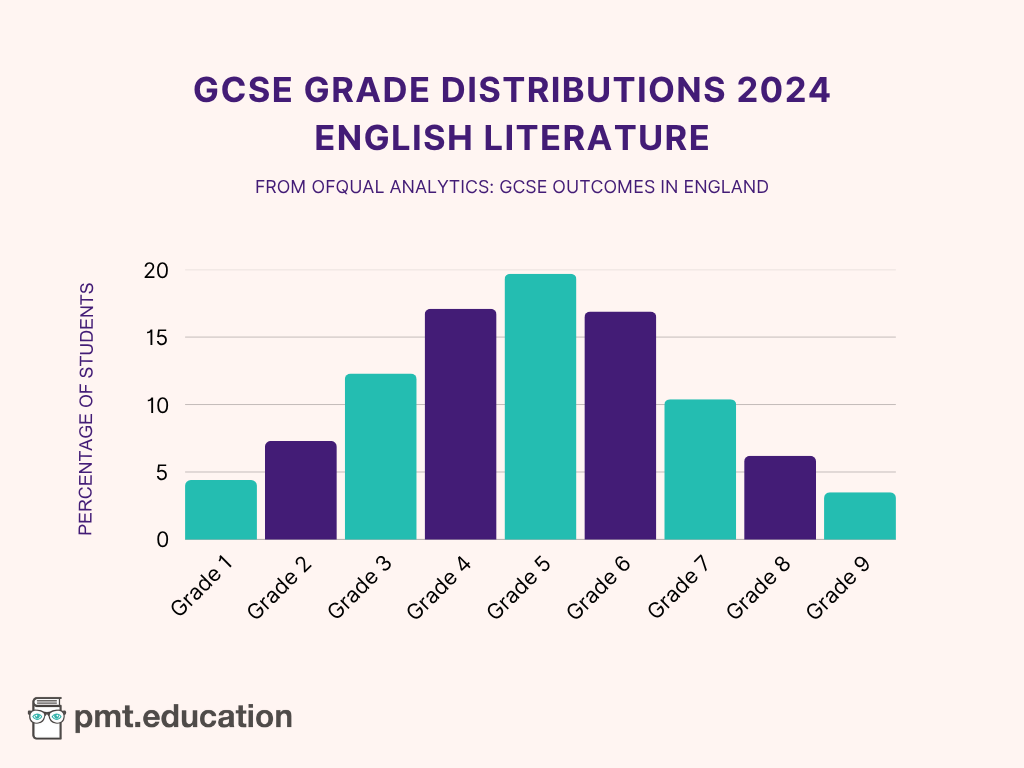
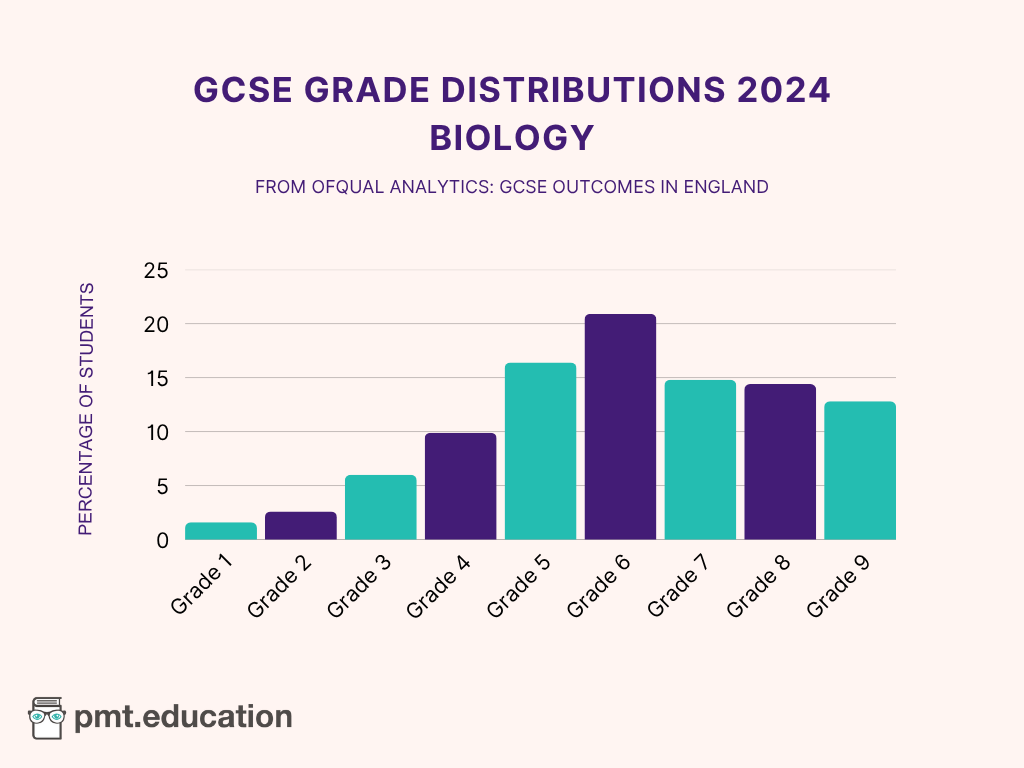
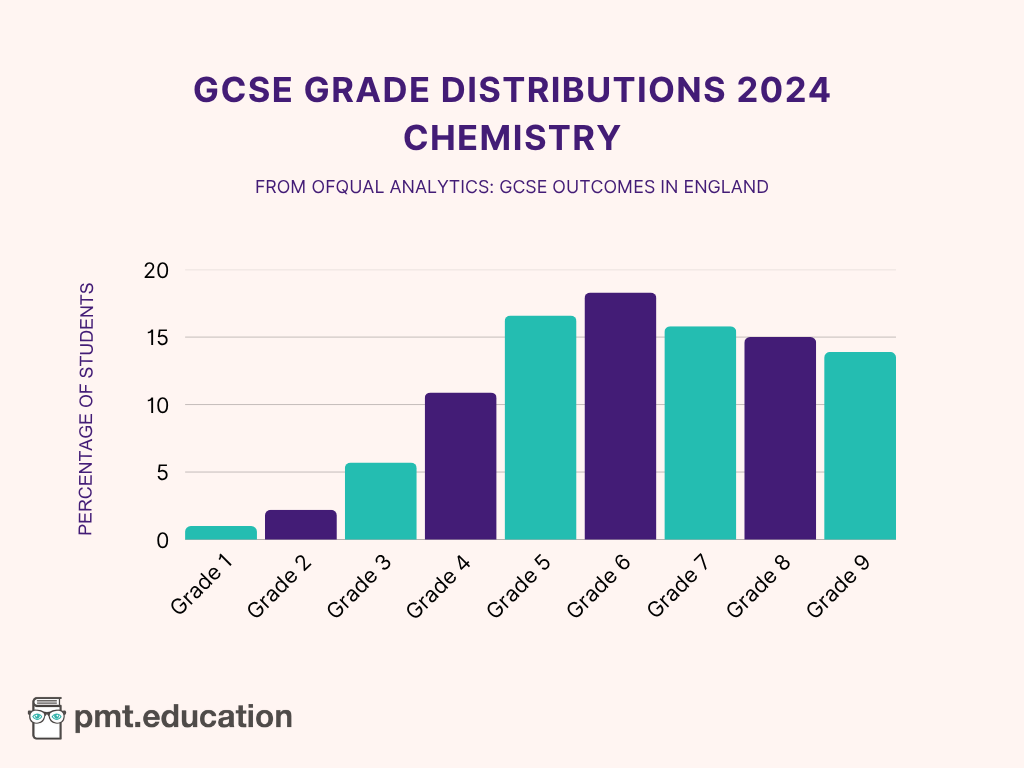
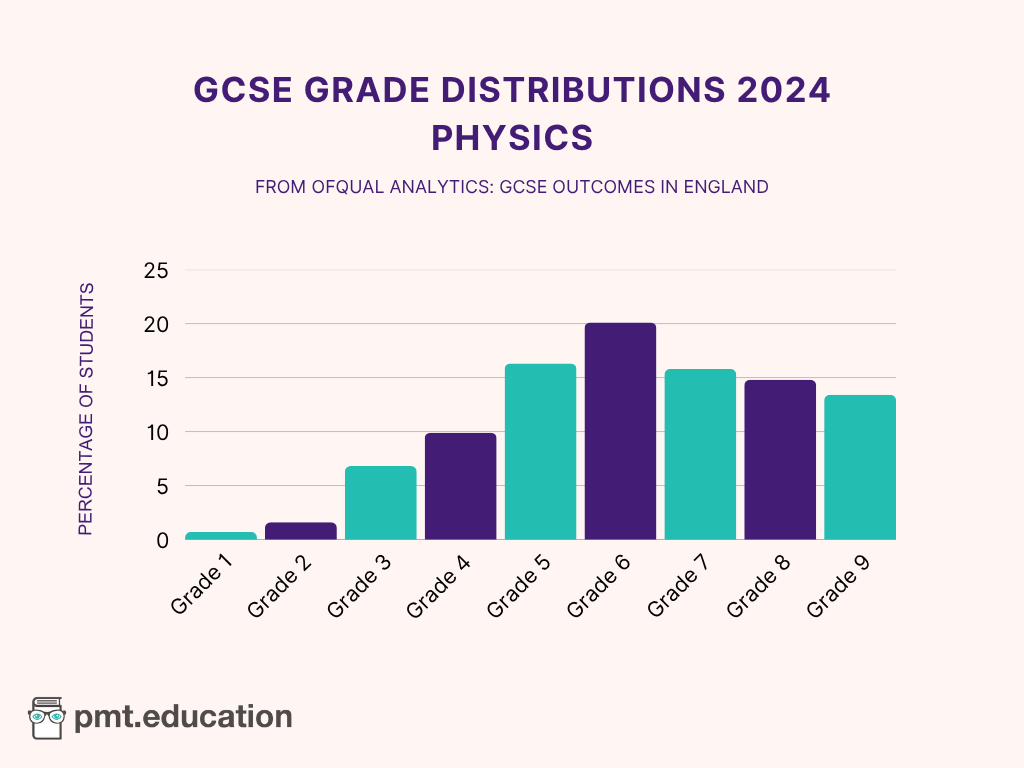
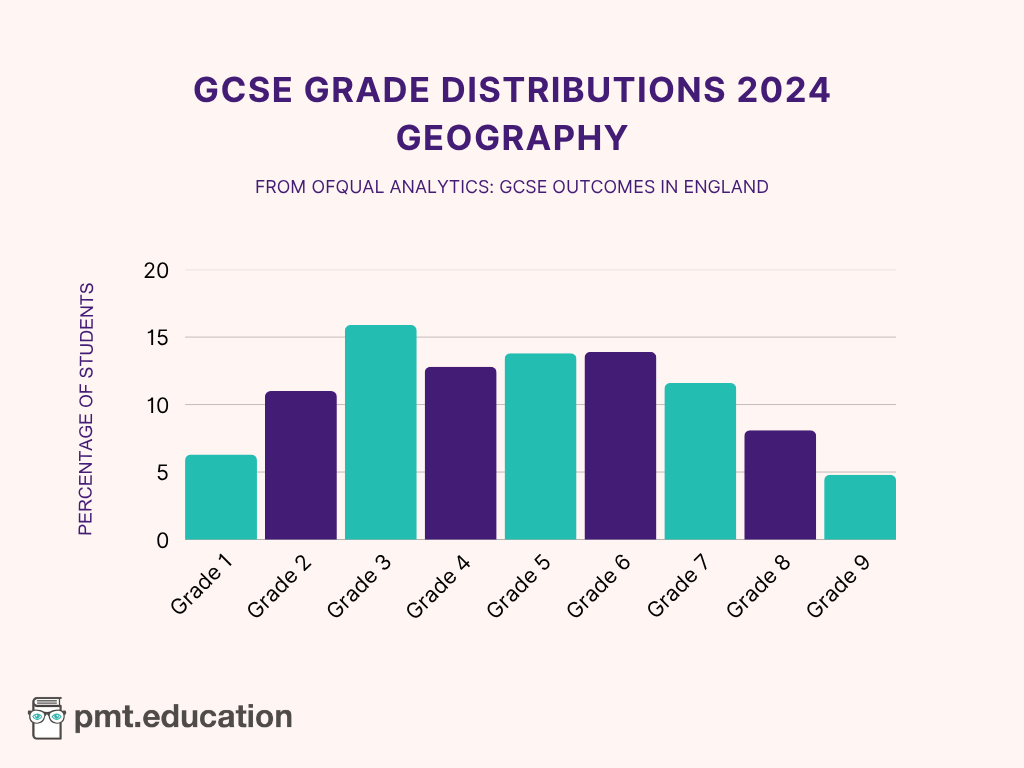



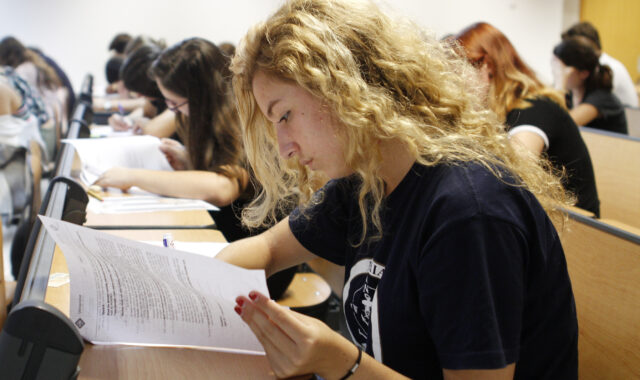

Comments